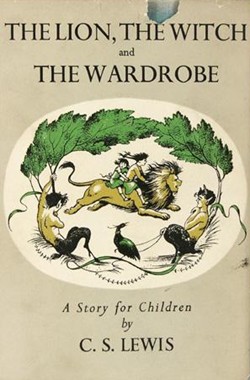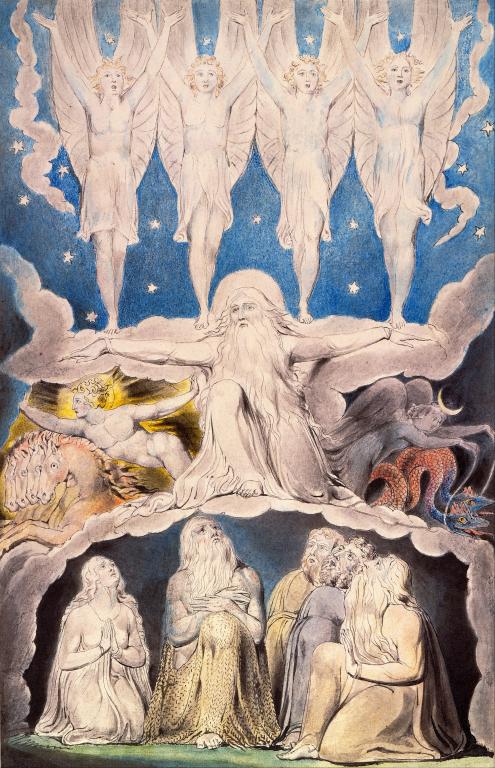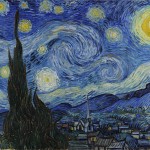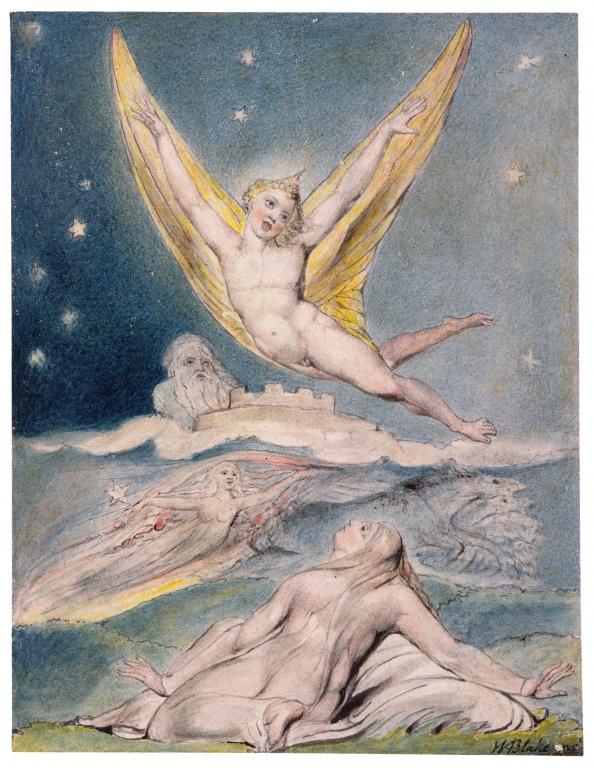
Dear Friends and Family,
One thing that I constantly hear from well-meaning Christians is how the Chronicles of Narnia, especially The Lion, the Witch, and the Wardrobe, are allegorical. I can’t even begin to tell you how much this would anger Lewis were he still alive today (and how much it did when he was alive). The Chronicles of Narnia are not allegorical, this becomes increasing clear with each book. Nevertheless, I understand why The Lion, the Witch, and the Wardrobe keeps being so labeled.
On first blush it’s obvious: Aslan represents Jesus; Peter, Peter; Susan and Lucy, Mary Magdalen and the other women who followed Jesus; the White Witch, Satan; and Edmund is Judas, right? Right here, amongst other places, is where it falls apart. Edmund can’t be Judas. First, he doesn’t betray Aslan to the White Witch, he betrays his siblings. Second, Edmund, overwrought with grief, doesn’t commit suicide. You might try to argue that because it’s a children’s book Lewis decided to give Judas a happier ending, but that alone would make this not an allegory.
In an allegory, each character and/or event is a direct representation of something else. For instance, in John Bunyon’s The Pilgrim’s Progress, the title character is called Christian because he represents Christians. The are other characters like Faith and Charity who represent those things explicitly. This isn’t what Lewis has done in the Chronicles. Peter would be a poor representation of the Apostle with the same name since he never denies Aslan. Also, what about all the animals and mythological creatures? Is Tumnus supposed to be Matthew? What about the Beavers? Where does the giant fit in? Or the good being turned to stone? It just isn’t an allegory, there is no one-to-one representation.
Instead, the Chronicles of Narnia are what is called suppositional. That is, suppose God created a world where the rational creatures were certain animals and mythological creatures. Then, suppose that world were fallen and in need of redemption. How might God redeem that world? How would he incarnate himself? Perhaps as a great Lion. This way Aslan can be Aslan (and, in one sense Jesus, but not simply a representation of Jesus); Peter can be Peter; and Edmund can be Edmund.
So, the next time you sit down to read The Chronicles of Narnia, don’t try to decode it. Don’t try and figure out who represents what (or whom). Instead, let the book speak for itself and then let it speak to you.
Yours,
David











